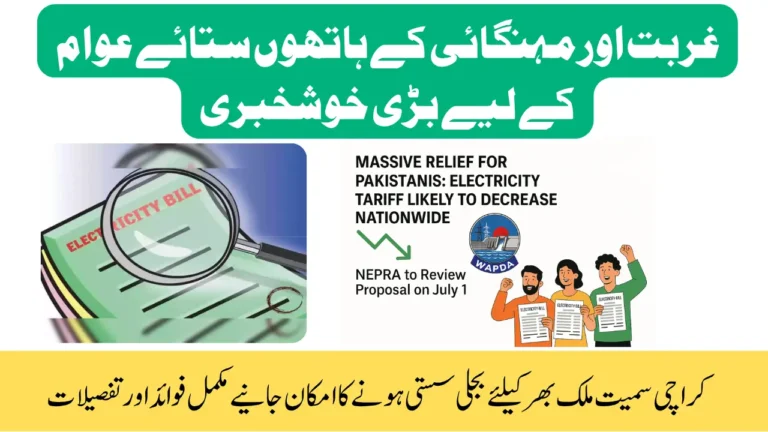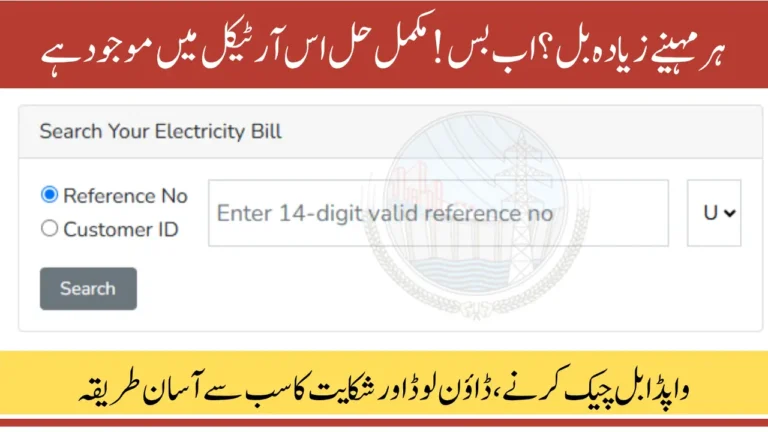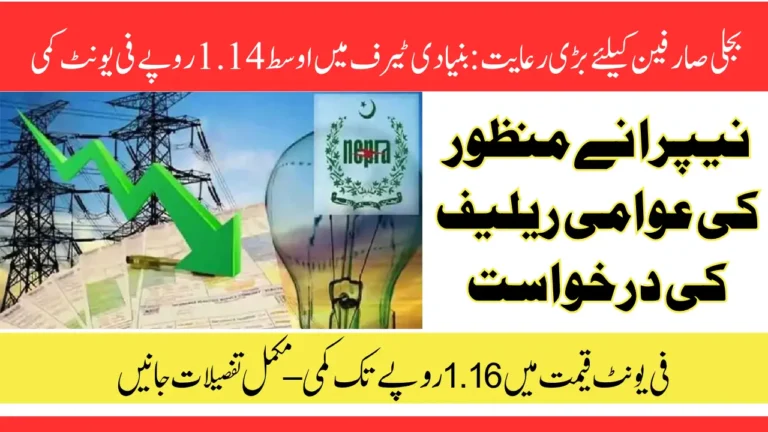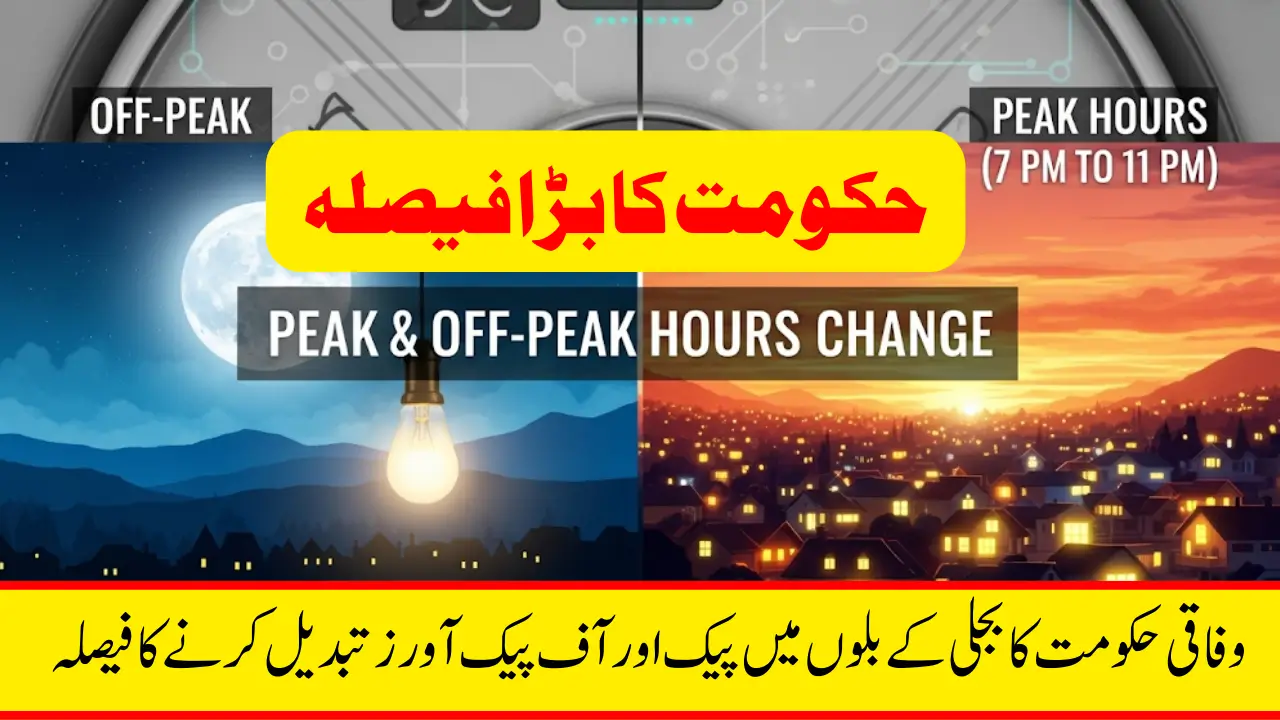
Peak & Off-Peak Hours Change
The Government of Pakistan has recently announced a significant step in the power sector a Peak & Off-Peak Hours Change in electricity billing. This decision is directly linked to the increasing use of solar energy across the country, which has reduced the dependency on grid electricity during the daytime.
The Peak & Off-Peak Hours Change will not only affect consumers’ electricity bills but also help the power sector recover from financial challenges caused by declining sales during peak hours. At the same time, this adjustment aims to make electricity usage more efficient, ensuring stability in the national grid.
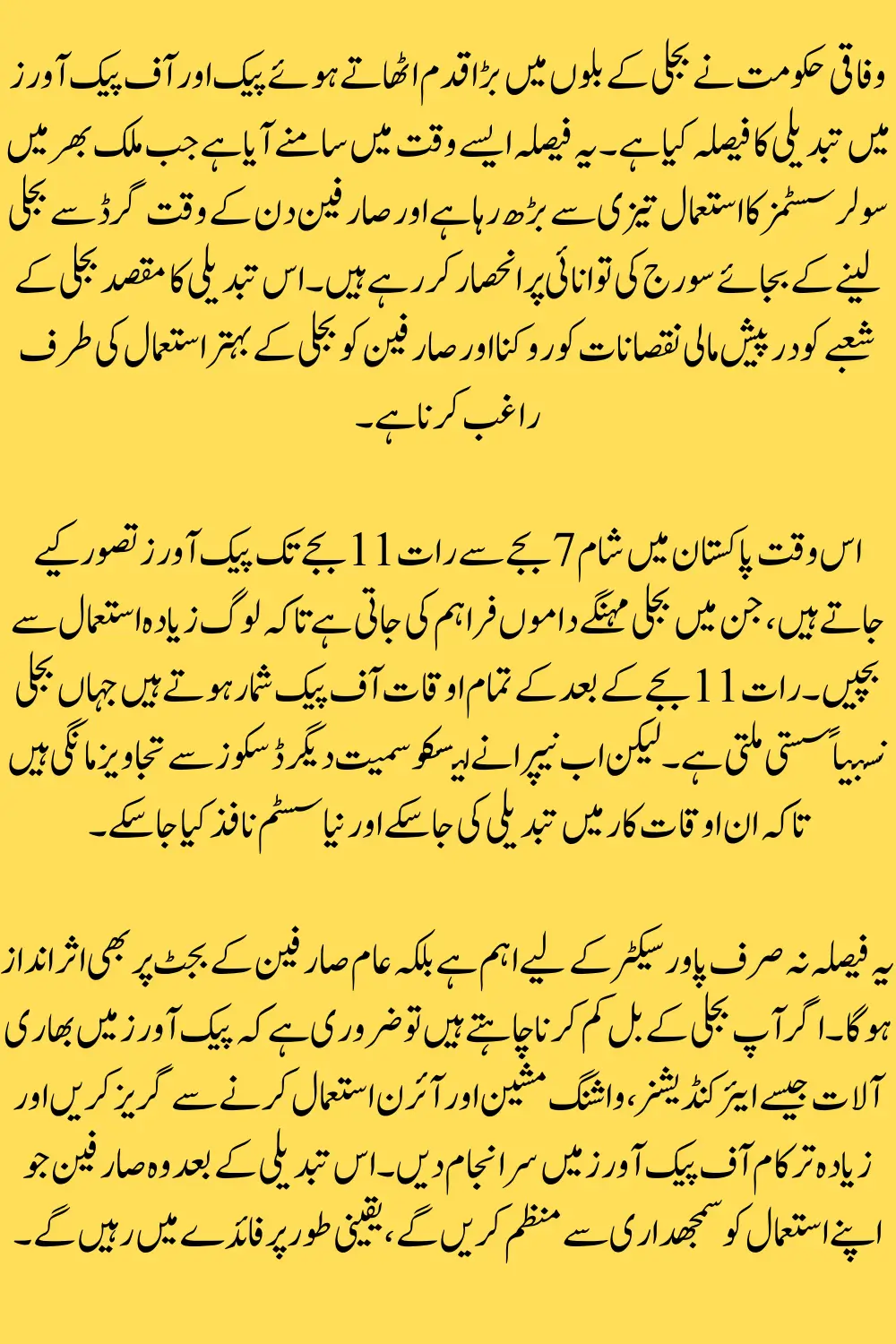
In this article, we will explain everything about the Peak & Off-Peak Hours Change, including the current system, reasons behind the change, NEPRA’s role, consumer impact, and guidance on how to manage your electricity usage effectively under the new tariff system.
Accurate Bill Estimator FESCO 2025 How To Calculate Your Electricity Charges Easily
What Is the Peak & Off-Peak Hours Change?
The Peak & Off-Peak Hours Change refers to a revision in the electricity billing system where specific hours of the day are charged at higher rates (peak hours) while the remaining hours are charged at lower rates (off-peak hours).
This system, also called Time-of-Use (TOU) tariff, is used to encourage consumers to reduce their power usage during peak demand periods. By shifting their electricity consumption to off-peak hours, consumers can save money, while the national grid can operate more smoothly without overloads.
Now, with the growth of solar energy in Pakistan, peak demand patterns are shifting, and that’s why the government has decided to introduce a Peak & Off-Peak Hours Change to reflect these new realities.
Current Peak & Off-Peak Hours in Pakistan
Currently, under NEPRA’s approved TOU tariff system, electricity usage is divided as follows:
- Peak Hours: From 7:00 PM to 11:00 PM
- During these hours, the demand for electricity is usually high. Consumers pay a higher tariff to discourage unnecessary usage.
- Off-Peak Hours: From 11:00 PM onwards until 7:00 PM the next day
- Electricity is cheaper during this period to encourage people to use more power when the demand is lower.
With the upcoming Peak & Off-Peak Hours Change, NEPRA and the government are reviewing these timings and considering proposals from power distribution companies (DISCOs) to finalize new peak hour limits.
LESCO Net Metering Billing Procedure Update August 2025 Know Full Guide
Why Is the Peak & Off-Peak Hours Change Needed?
The Peak & Off-Peak Hours Change is not just a random decision it is based on the evolving energy consumption trends in Pakistan. Here are the main reasons:
- Increased Use of Solar Energy
- Many households and businesses have installed solar panels.
- During the day, when solar power is available, people use less electricity from the national grid.
- As a result, electricity demand has dropped significantly.
- Financial Loss to the Power Sector
- Peak hours are designed to generate higher revenue for the power sector.
- But now, due to lower grid usage during peak times, sales have declined, causing losses.
- The Peak & Off-Peak Hours Change is meant to balance this gap.
- Efficient Use of Electricity
- The government wants to make electricity usage more efficient.
- By introducing a Peak & Off-Peak Hours Change, people will be encouraged to plan their electricity consumption wisely.
NEPRA’s Role in the Peak & Off-Peak Hours Change
NEPRA (National Electric Power Regulatory Authority) is playing the central role in this change. The authority has already sent official letters to LESCO (Lahore Electric Supply Company) and other DISCOs across Pakistan.
These letters ask for detailed proposals on how to limit peak hours and make the new Peak & Off-Peak Hours Change practical. After reviewing the proposals, NEPRA will finalize the revised timings and issue new TOU tariff guidelines for consumers.
K Electric Bill Layout Changes Full Details for Karachi Residents
How Will the Peak & Off-Peak Hours Change Affect Consumers?
The Peak & Off-Peak Hours Change will directly impact consumers in several ways:
- Higher Bills During Peak Hours
- Using heavy appliances like air conditioners, heaters, washing machines, and irons between 7:00 PM to 11:00 PM will be more expensive.
- Consumers must try to shift their usage outside this time.
- Cheaper Electricity During Off-Peak Hours
- From 11:00 PM onwards, electricity will be cheaper.
- Smart consumers can save money by running heavy appliances late at night or early in the morning.
- Encouragement to Use Solar Systems
- Those who have solar panels will be less affected.
- Solar users can continue using their own systems during the day and rely on off-peak electricity at night.
Guidance for Consumers Under the Peak & Off-Peak Hours Change
If you want to save money and manage your bills effectively after the Peak & Off-Peak Hours Change, here are some practical tips:
- Avoid Heavy Appliance Use During Peak Hours
- Try not to use air conditioners, irons, or washing machines between 7 PM to 11 PM.
- Shift Your Usage to Off-Peak Hours
- Run washing machines, geysers, and water pumps after 11 PM when the electricity is cheaper.
- Take Advantage of Solar Systems
- If you have solar panels, use them during the day for maximum savings.
- Plan Household Chores Smartly
- Cooking, ironing, and laundry should be done outside the peak slot to reduce bills.
LESCO and Other DISCOs’ Role
LESCO and other distribution companies are key players in implementing the Peak & Off-Peak Hours Change. Their proposals will help NEPRA finalize the timings and tariffs. Once the plan is approved, all DISCOs will be bound to apply the new system across Pakistan.
This means consumers in different regions, whether in Punjab, Sindh, KPK, or Balochistan, will all follow the same structure of Peak & Off-Peak Hours Change.
FESCO Apna Meter Apni Reading Power Smart App Feature to End Overbilling Know Full Details
Final Thoughts
The federal government’s decision to introduce a Peak & Off-Peak Hours Change is an important move toward making Pakistan’s electricity sector more sustainable. With the rise of solar energy, traditional consumption patterns are changing, and the power sector must adapt.
For consumers, this change can be both a challenge and an opportunity. By wisely planning electricity usage, households can save money and reduce their bills while supporting the stability of the national grid.
FAQs on Peak & Off-Peak Hours Change
What is the new Peak & Off-Peak Hours Change in Pakistan?
The Peak & Off-Peak Hours Change refers to adjustments in the electricity billing system where peak hours are charged at higher rates and off-peak hours are cheaper.
What are the current peak hours in Pakistan?
Currently, 7:00 PM to 11:00 PM are considered peak hours, and all other timings are off-peak.
Why is the Peak & Off-Peak Hours Change being introduced?
Because solar usage has reduced demand during peak times, the power sector is facing financial losses. The change is meant to balance demand and revenue.
How can consumers save money after the Peak & Off-Peak Hours Change?
By avoiding heavy electricity use during peak hours and shifting major tasks like ironing, cooking, or washing to off-peak hours.
Who will finalize the Peak & Off-Peak Hours Change?
NEPRA will finalize the timings and tariff structure after reviewing proposals from LESCO and other DISCOs.

